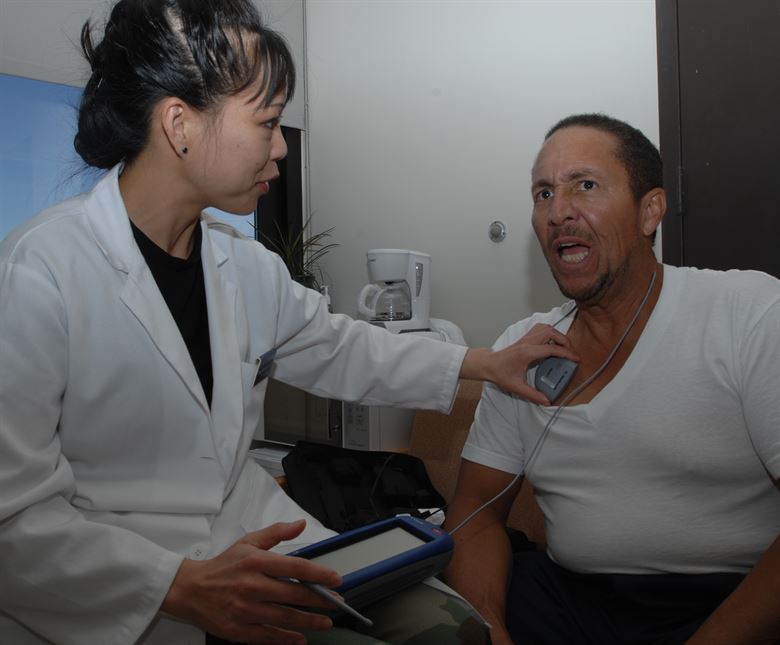
By Dr. Sarah E. Laibstain
Showers and flowers are a sure sign a new season has begun! It also marks shifting our clocks forward, an increase in seasonal allergies, and Parkinson’s Awareness Month in April. Therefore, it comes as no surprise that Parkinson’s Awareness Month is represented by a red tulip. The tulip is a reminder that regardless of affiliation, a community can work towards a common goal: helping people with Parkinson’s live better longer and discovering greater treatments and striving for a cure. In order to do so, it is important to understand more about the disease by knowing its symptoms and signs.
Parkinson’s disease is a slow-developing disorder that degenerates the dopamine-producing neurons in the brain. The disease, which affects around 500,000 people per year, has no known cause or cure. Although Parkinson’s is not fatal, symptoms can decrease quality of life and reduce longevity. Keeping these signs in mind can help you monitor your health and identify warnings for those you care about.
Parkinson’s affects motor skills causing daily activities such as writing to become more difficult as the disease progresses. The first early indicator of Parkinson’s is a change in the size of your handwriting. It’s common for people with the disease to write in small letters with close spaces between each word. Stay alert on the presentation of your handwriting in comparison to the past.
Other motor movements such as walking, running, reaching, or leaning are all gradually affected by the disease. As we get older, it’s normal to be slower than we used to be. However, people with Parkinson’s, develop stiffness and slowness that doesn’t go away as the day continues. The body becomes jerkier with common motions and can become hard to control. Noticing the speed and rigidity of your movements are important signs to track.
Third, your facial expressions can indicate if you’re developing Parkinson’s. Often a blank stare also known as “masked facies” is a common sign. This symptom is related to change in control of facial muscles. Those with Parkinson’s also blink less often. Observing yourself in a mirror can help determine if you are retaining regular control of your facial muscles.
There are treatments that can help with each of these Parkinson’s symptoms, allowing patients to maintain as normal a life as possible. These early signs are helpful indicators to help you stay alert of any developing symptoms, but to also keep a pulse on your overall health and well-being. Carry these checks beyond the month of April as you promote being mindful of your bodies year-round.
Dr. Sarah E. Laibstain is a general family medicine practitioner at Family Medicine Associates of Texas in Carrollton. She thoroughly enjoys improving the health and lives of individuals ranging from young children to adulthood.





I was diagnosed of ALS few years ago, I had severe tremors and difficulty swallowing. I was given medications which helped but only for a short time. So i decided to try alternative measures and began on ALS HERBAL PROTOCOL from Herbal HealthPoint, It has made a tremendous difference for me (Go to w w w. herbalhealthpoint. c o m). I had improved walking balance, increased appetite, muscle strength, improved vision and others